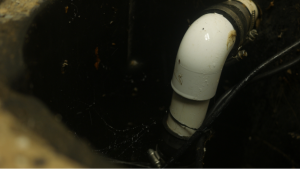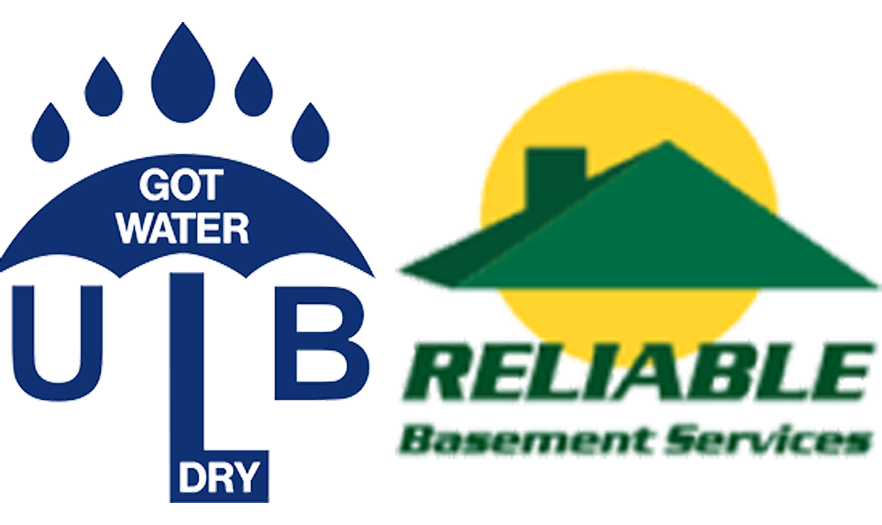
There are all sorts of components that can help to waterproof a basement. However, out of every option out there, the sump pump is the most important.
Are you wondering why you should install a sump pump in your basement? If so, you’ve come to the right place. To help you decide, this basement waterproofing company in Western Springs, Illinois is going to highlight the importance of these systems below.
What Does a Sump Pump Do?
A sump pump pushes groundwater away from a home’s foundation. In doing this, it reduces hydrostatic pressure against the foundation, which ultimately helps prevent foundation cracking.
A sump pump is installed in a hole called a sump pit. Sump pits exist in the corners of basements and enable their respective sump pumps to access groundwater. When groundwater levels grow too high in these pits, their pumps start up and begin pumping the water away from their homes.
This prevents flooding during bad storms, and it also helps to prevent minor water seepage over time. Because the sump pump helps to keep water out of the basement, it also helps to eliminate problems such as musty smells and mold growth.
Of all the waterproofing components in existence, the sump pump is the most important. It’s the only component that actively works against groundwater. Because of this, you need to install one.
Think a sump pump might be right for your home? You can always consult with a professional basement waterproofing company in Western Springs, Illinois to find out more about them.
Pedestal Sump Pumps vs Submersible Sump Pumps
There are two general types of sump pumps: pedestal sump pumps and submersible sump pumps. We’ll discuss each below.
Pedestal Sump Pump
A pedestal sump pump stands above the sump pit, reaching down into it with a hose. This enables it to fit in tight quarters.
Note, however, that pedestal sump pumps can struggle to pump out stone and sediment. This makes them less efficient and less durable than their submersible counterparts.
Submersible Sump Pump
Submersible sump pumps sit submerged within their sump pits. They’re much more adept at pumping stone and sediment and are much more efficient and durable.
That said, they’re too large to fit into some sump pits. If your sump pit is particularly narrow, you might not even have the option of choosing a submersible pump.
For help deciding on the right option for your property, you can always consult with an experienced basement waterproofing company in Western Springs, Illinois.
The Importance of a Backup Sump Pump
When installing a sump pump, it’s generally a good idea to install a backup pump as well. Why? Because power outages can render primary pumps useless, leaving basements vulnerable to substantial flooding during storms.
Primary pumps are powered by their homes’ electrical systems. Backup sump pumps, on the other hand, are powered by batteries. This way, if the power goes out, the backup sump pump can kick into action, taking up for the primary pump to keep water out of the basement.
Backup sump pumps are always recommended, as they can save basements from catastrophic damage. Without a backup sump pump, your basement will be vulnerable to flooding during rainstorms.
Looking for a Basement Waterproofing Company in Western Springs, Illinois?
Are you ready to install a sump pump in your basement? Are you in search of a basement waterproofing company in Western Springs, Illinois? If so, ULB-Dry Basement Waterproofing is the company to call. Contact us today to get the installation process started.





